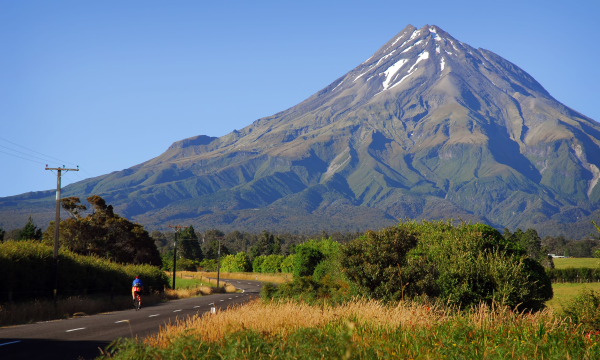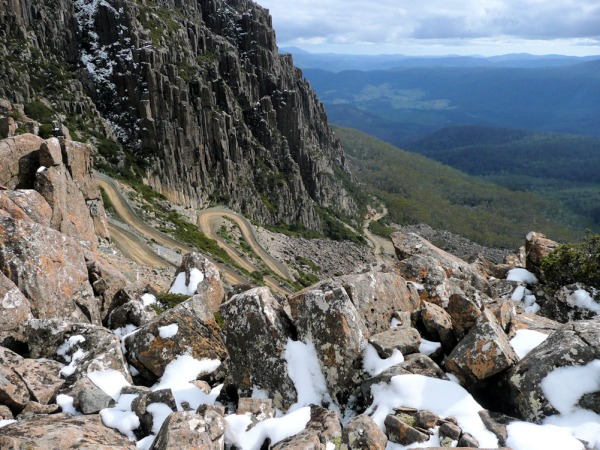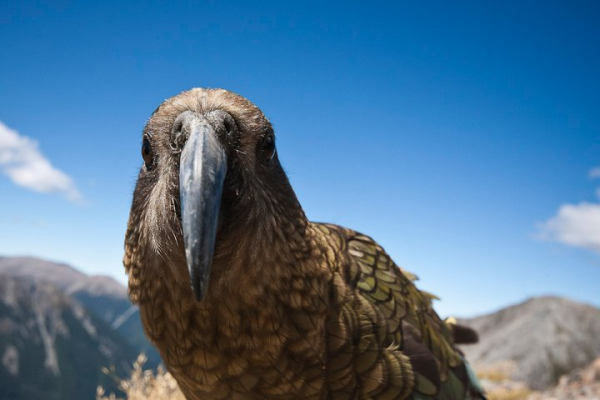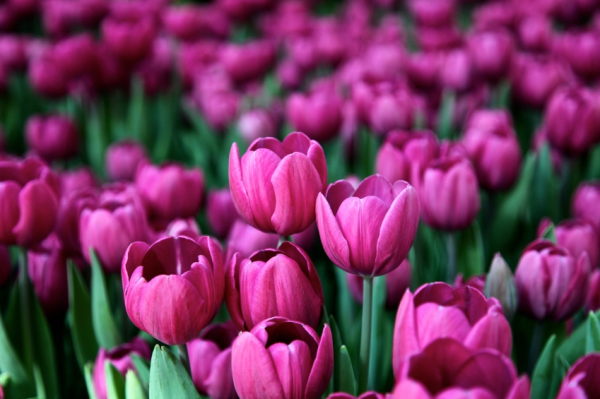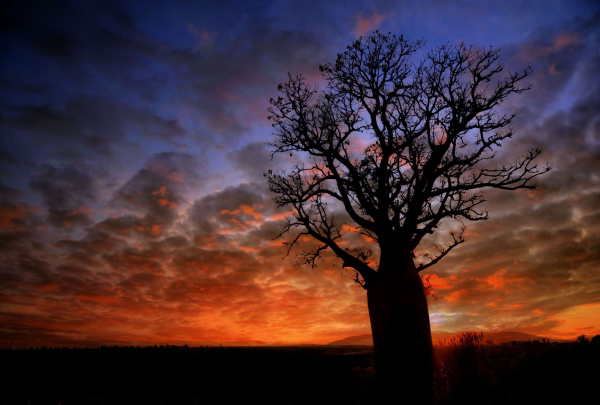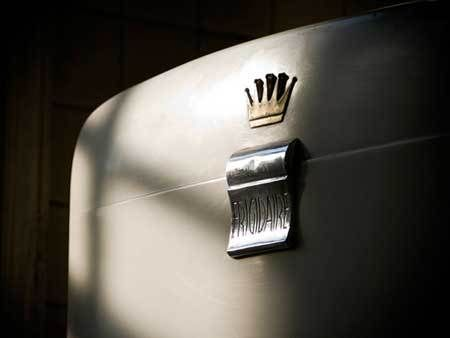Those Aussies are an ingenious bunch. Thousands of years ago, they came up with the didjeridu and the boomerang. Then there's prepaid postage and the military tank. They also gave birth to the plastic spectacle lens, the pop-top can, and the electronic pacemaker. In fact, Australians are the single source of many notable world firsts, including the inflatable aircraft escape slide, the dual flush toilet and - one of our favorites - the refrigerator. You may be using an Aussie invention right now.
1. WiFi anyone? In 1992, an Australian named John O'Sullivan was trying to detect the radio pulse of exploding mini black holes when he and his colleagues discovered WiFi technology and realized its potential. Like the estimated 1 billion devices worldwide?
2. Then there are the two audacious Australian brothers named Lars and Jens Rasmussen. In 2004, they were jobless and had $16 between them. They also had a "sophomore product" which they said, quite audaciously, would "kill e-mail and forever change online communication." So they flew from Sydney to Silicon Valley and managed to sell their web application to a little company called Google. The Rasmussen boys found a home for "Wave" with Google Maps - and a cushy job.
3. Listen up: A bionic ear does exist and it has nothing to do with the Six Million Dollar Man's girlfriend, though it has a lot to do with an Australian named Graeme Clark. As a young boy, Clark's father lost his hearing, and it inspired a lifelong mission to help deaf people, culminating in the Cochlear implant or "bionic ear." The electronic device is implanted into the head to stimulate the auditory nerve and provides a sense of sound even for the profoundly deaf. The first surgery - in 1978 - was a success, and today nearly 200,000 people benefit from the bionic ear.
4. Now here's something Qantas Airways can appreciate: When Dr. David Warren, a scientist at the Aeronautical Research Laboratory, was asked to investigate the mysterious crash of the world's first jet-powered aircraft in 1953, he argued that a cockpit voice recorder would be a useful way to solve otherwise unexplainable aircraft accidents. Hmmm, let's see: a durable box designed to record and replay flight data and audio from the final moments before a plane crash, revealing what went wrong. Warren was the only one who thought the idea had merit, so he went ahead and built one. It took several years and an airliner crash in 1960 to get noticed, but then Australia became the first country to make the ruling that all airlines must carry flight recorders. Imagine a world without a "black box" - which, by the way, is never, ever black.



 Back
Back



